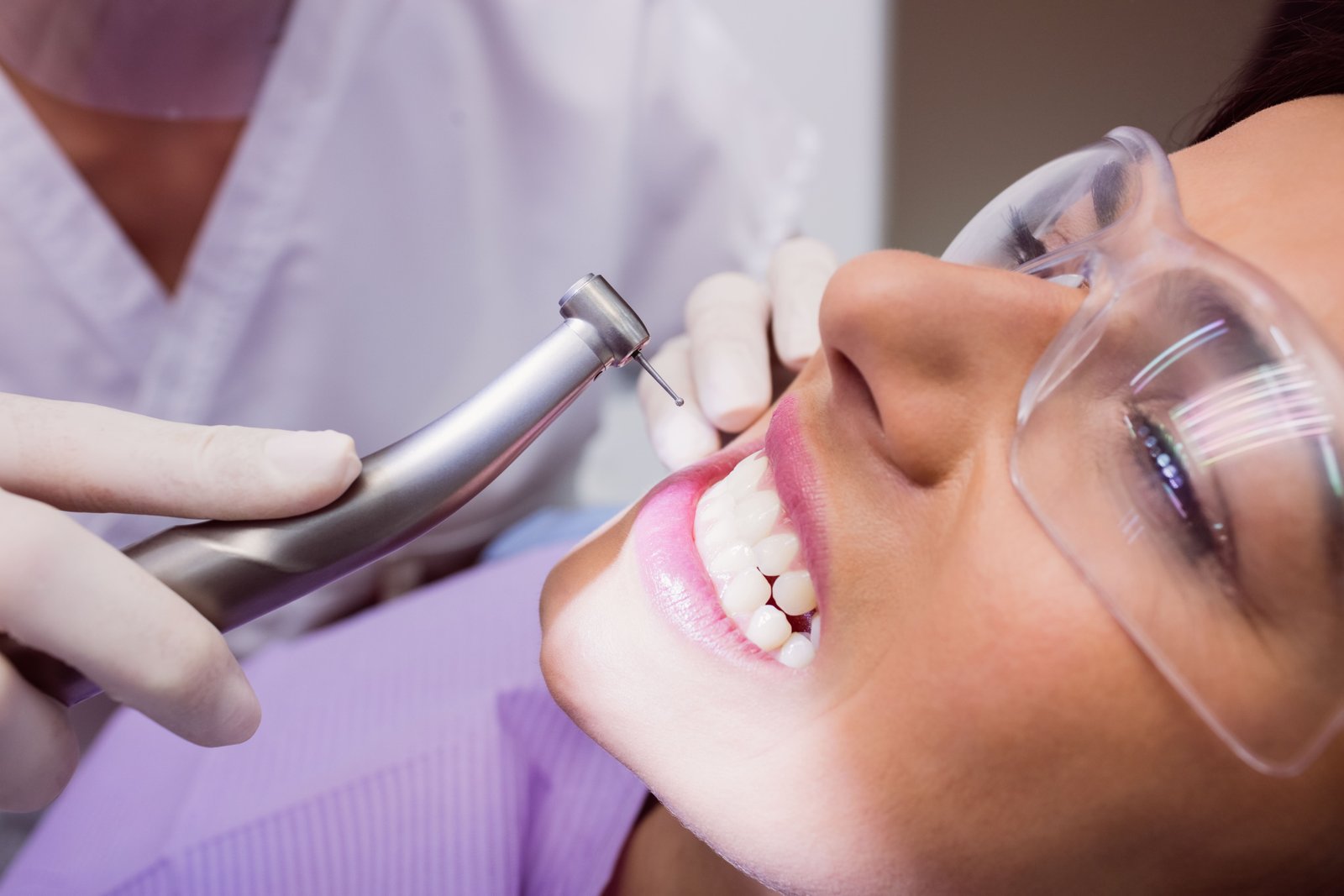
Maintaining good dental care is more than just keeping your teeth looking great. A well-rounded dental routine can prevent common issues like cavities, gum disease, and bad breath, while also reducing the risk of other health complications. Here’s a guide to simple yet effective dental care practices to help you keep your smile healthy and vibrant.
1. Brush Twice a Day, Every Day
Brushing your teeth twice daily—once in the morning and once before bed—helps remove plaque and bacteria that build up throughout the day. Use a soft-bristled toothbrush and fluoride toothpaste to gently clean your teeth and gums without causing damage to enamel.
2. Don’t Skip Flossing
Flossing is just as important as brushing, as it reaches areas between the teeth and under the gumline where your toothbrush can’t. Regular flossing removes plaque and food particles, preventing cavities and gum disease.
3. Rinse with Mouthwash
Using an antimicrobial mouthwash helps reduce bacteria in the mouth, freshening your breath and offering extra protection against gum disease. Rinsing after brushing and flossing can give you an extra layer of defense.
4. Limit Sugary and Acidic Foods
Sugary and acidic foods contribute to tooth decay and enamel erosion. Try to reduce sugary snacks and drinks, and if you do consume them, rinse your mouth with water afterward or brush your teeth if possible.
5. Stay Hydrated
Drinking water not only keeps your body hydrated but also helps rinse away food particles and bacteria in your mouth. Staying hydrated supports saliva production, which is essential for neutralizing acids and maintaining a healthy mouth.
6. Avoid Tobacco Products
Tobacco use increases the risk of gum disease, tooth decay, and oral cancer. Quitting smoking or chewing tobacco can greatly improve your oral health and overall wellbeing.
7. Regular Dental Checkups
Even with a consistent home-care routine, it’s essential to visit the dentist every six months for a thorough cleaning and exam. Regular checkups help detect early signs of problems like cavities or gum disease, allowing for timely treatment before issues worsen.
8. Use the Right Technique
When brushing, avoid harsh, back-and-forth movements. Instead, use gentle circular motions, angling the toothbrush slightly toward the gums. This technique effectively removes plaque without damaging the enamel or irritating the gums.
9. Choose the Right Tools
Using a soft-bristled toothbrush and fluoride toothpaste can help protect your teeth from damage. Electric toothbrushes are also an excellent option, as they can remove more plaque than manual brushing when used correctly.
10. Take Care of Your Diet
A balanced diet that’s rich in vitamins and minerals supports dental health. Foods high in calcium, like dairy products and leafy greens, help strengthen teeth, while crunchy fruits and vegetables like apples and carrots naturally clean the teeth and stimulate gum health.

